- Home
- Articles
- Architectural Portfolio
- Architectral Presentation
- Inspirational Stories
- Architecture News
- Visualization
- BIM Industry
- Facade Design
- Parametric Design
- Career
- Landscape Architecture
- Construction
- Artificial Intelligence
- Sketching
- Design Softwares
- Diagrams
- Writing
- Architectural Tips
- Sustainability
- Courses
- Concept
- Technology
- History & Heritage
- Future of Architecture
- Guides & How-To
- Projects
- Interior Design
- Competitions
- Jobs
- Store
- Tools
- More
- Home
- Articles
- Architectural Portfolio
- Architectral Presentation
- Inspirational Stories
- Architecture News
- Visualization
- BIM Industry
- Facade Design
- Parametric Design
- Career
- Landscape Architecture
- Construction
- Artificial Intelligence
- Sketching
- Design Softwares
- Diagrams
- Writing
- Architectural Tips
- Sustainability
- Courses
- Concept
- Technology
- History & Heritage
- Future of Architecture
- Guides & How-To
- Projects
- Interior Design
- Competitions
- Jobs
- Store
- Tools
- More
Understanding Ricardo Bofill Architecture
Ricardo Bofill, the visionary Spanish architect reimagined modern architecture as a poetic balance between geometry and emotion. Through iconic works he transformed architecture into an art of human experience blending structure, color, and imagination into timeless urban sculptures.

Ricardo Bofill, born in 1939 was a Spanish architect and the founder of Taller de Arquitectura (RBTA). He was known for blending classical order with modern utopia, creating buildings that look both futuristic and timeless. For Bofill, architecture was more than design; it was a language that expressed social ideals and human emotions. His works often combined geometry and imagination, turning simple forms into complex, poetic structures.

Some of his most famous projects, such as La Muralla Roja in Calpe, Walden 7 in Barcelona, and Les Espaces d’Abraxas in France, show his vision of architecture as a mix of art, community, and identity. Through these projects, Bofill redefined how people live in and experience space, using color, repetition, and bold shapes to create places that feel like both homes and sculptures.

The Philosophy: Between Geometry and Poetry
While understanding his architecture, we should know that the concept of architecture as a human experience, not just a form. His use of geometric repetition, modular systems, and poetic symbolism are characteristics of his design. Ricardo Bofill’s philosophy was based on finding balance between geometry and poetry in architecture. He believed that buildings should not only follow rational structures but also speak to people’s emotions. For him, architecture was both a science and an art. He gets the architecture was a way to organize space logically while creating beauty that inspires. Bofill often used simple geometric forms like cubes, circles, and arches, repeating them to create rhythm and harmony.

Projects like Walden 7 show this idea clearly, with its maze-like organization that reflects community life and human connection. Through geometry and poetry, Bofill tried to show that architecture can touch both the mind and the heart. Besides this philosophy, he created “cities within buildings” on purpose. We can summarize his aims that his architecture as a combination of rational structure and emotional experience.

Color, Form, and Urban Imagination
Bofill had a distinctive way of using color and geometry as tools to create identity in his architecture. One of the best examples of this is La Muralla Roja which was inspired by Arabic kasbahs and designed with abstract geometric forms painted in bold shades of red, pink, and blue. The building feels like a visual labyrinth where every turn offers a new composition of color and shadow.

For Bofill, architecture was not just about constructing buildings but about creating visual landscapes, places that people could live in like works of art. His designs, especially La Muralla Roja, have become icons in the digital age, influencing Instagram-era aesthetics and architectural photography with their striking shapes, strong contrasts, and dreamlike atmosphere. Through this, Bofill proved that architecture can be both a physical space and a powerful visual experience.
We commemorate with great appreciate Ricardo Bofill and his valuable works, who passed away in 2022. Timeless structures, blending classical order with modern utopia and best examples of poetic symbolism and more left behind this valuable Spanish architect. We can say that Bofill’s architecture as a reflection of human dreams and ideals for decades to come. Finally, to understand Ricardo Bofill is to understand how architecture can be both rational and poetic. His buildings remind us that architecture, at its best, is a dialogue between structure and soul.
Submit your architectural projects
Follow these steps for submission your project. Submission FormLatest Posts
Best Tools for Tracking Construction Labor Hours
Quick View of the Products Listed Best Overall: Workyard – Complete construction...
More Than a Gate: Designing a Secure and Stylish Home Entryway
A property’s entrance tells a story before a single guest steps inside....
Employer Liability and Smartphones: When Work Texts Cause Crashes
In today’s connected world, it’s nearly impossible to separate work from daily...
What Are the Best Topics for Architectural CE?
By now, every architect in the United States understands that continuing education...




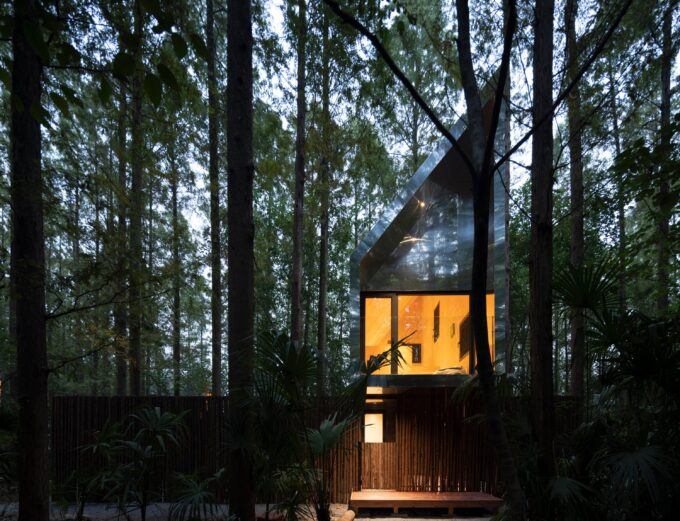

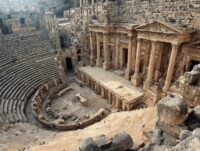

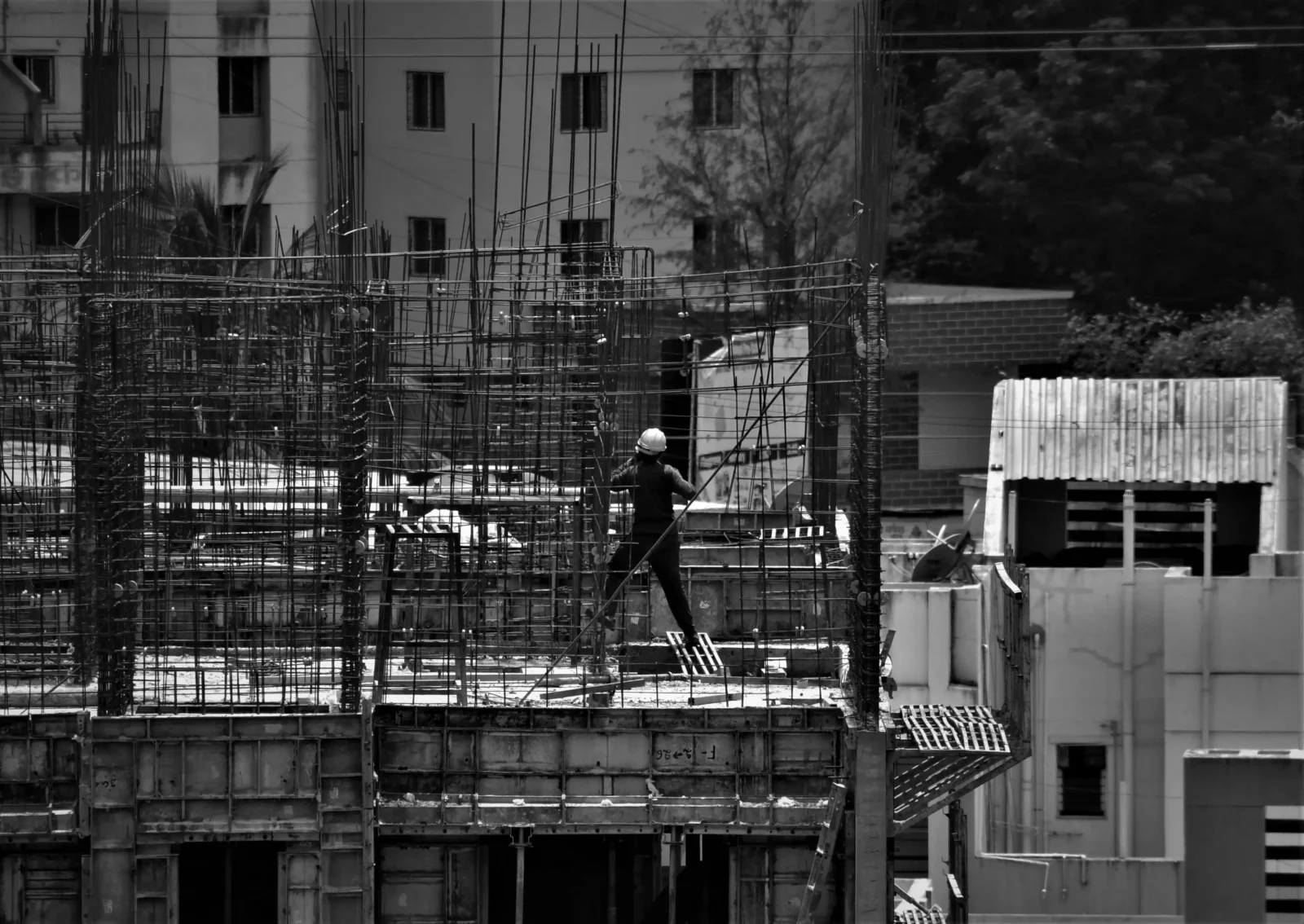
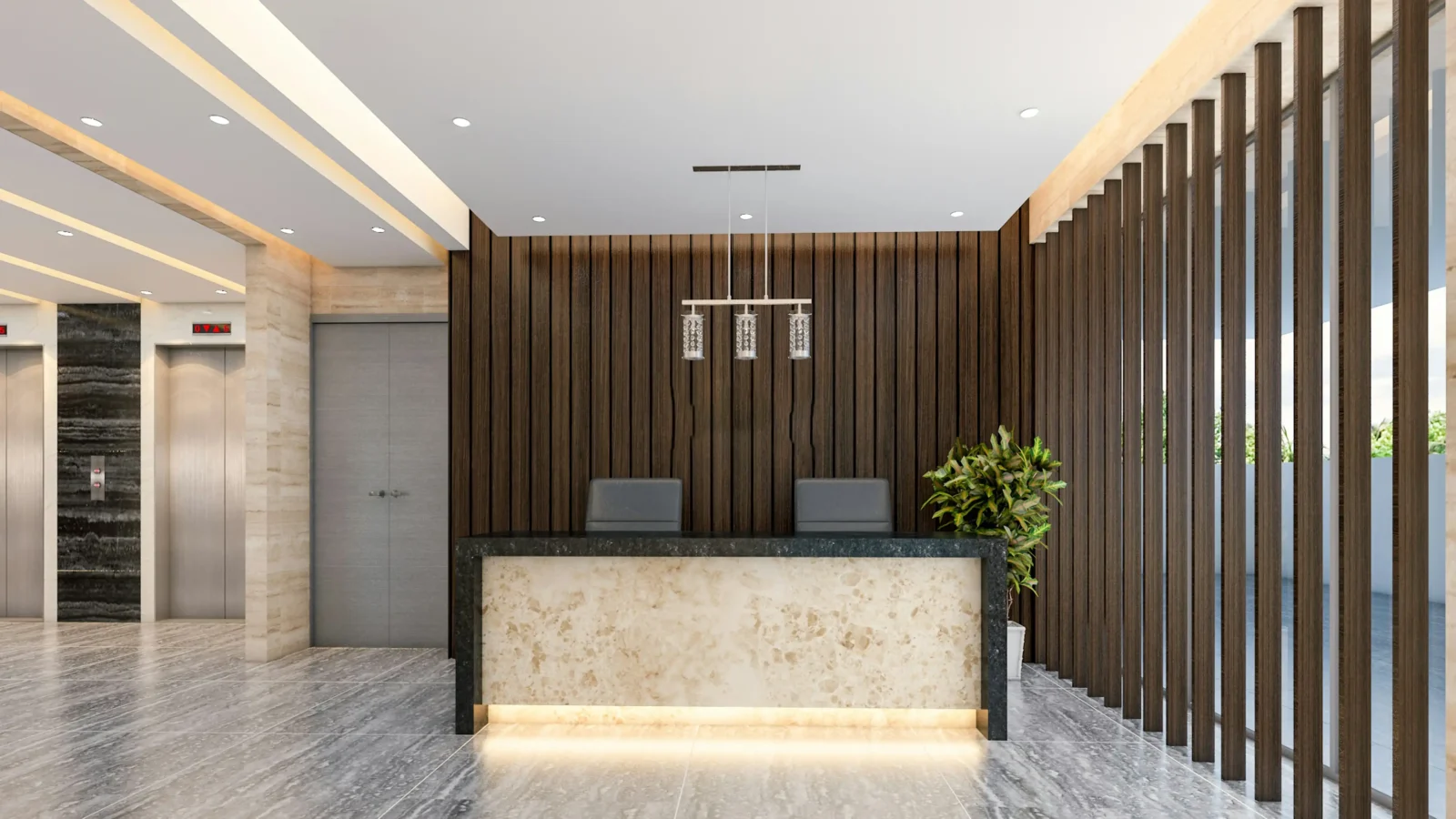

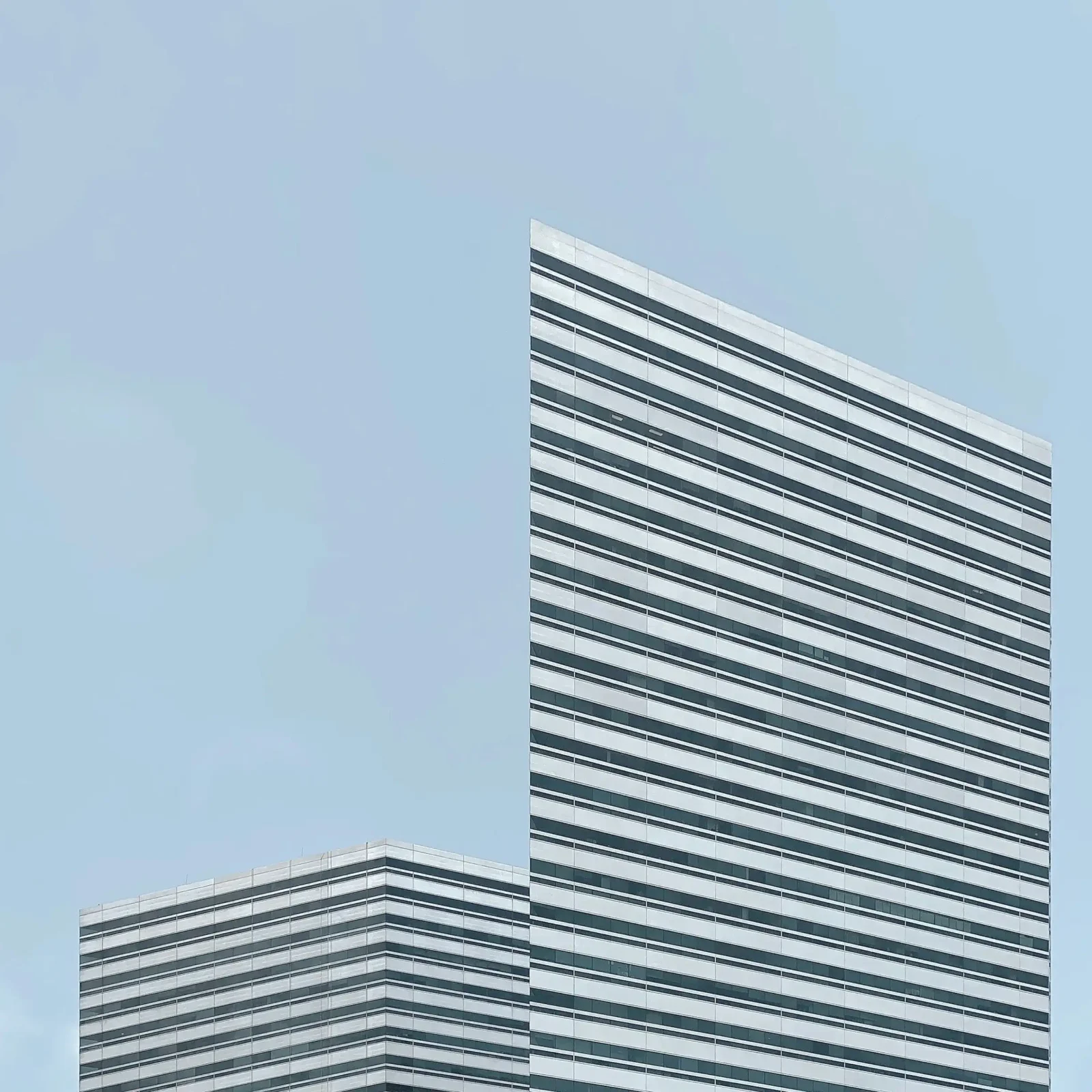
Leave a comment